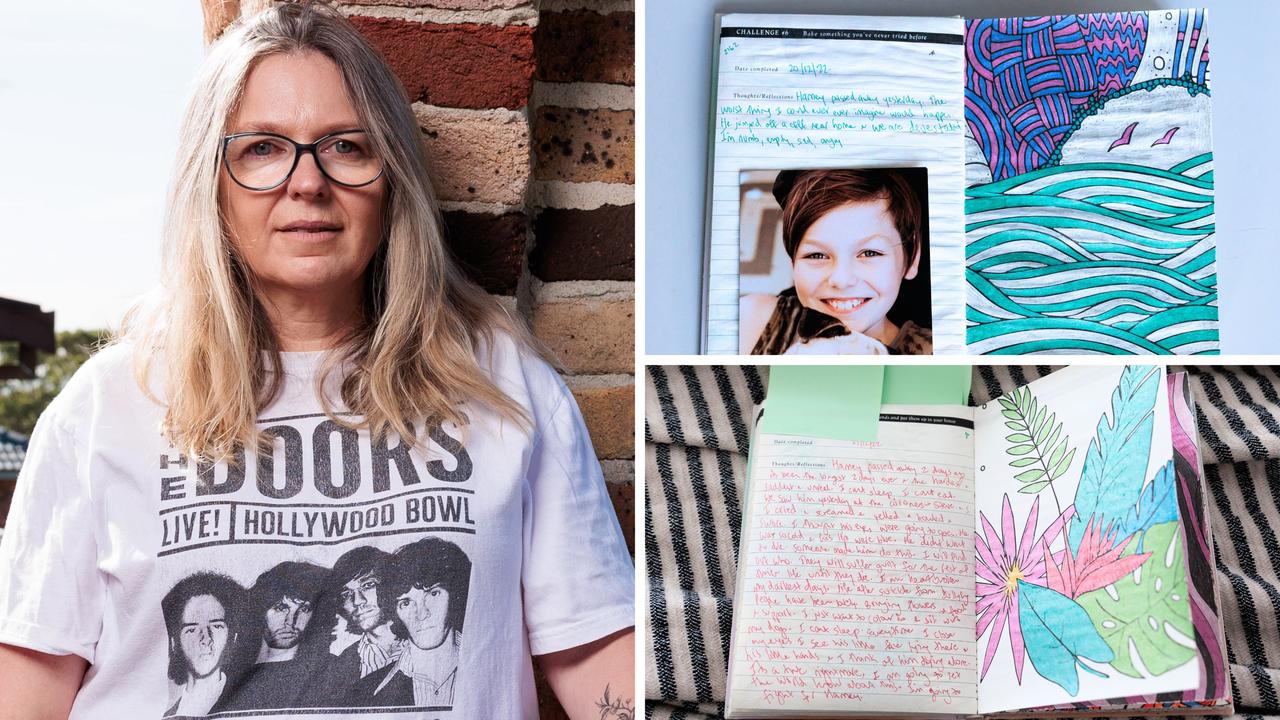Tunnel 29: The incredible escape story from under the Berlin Wall
A tunnel dug under the noses of some of the most militant border guards on earth smuggled 29 people to freedom. Now one reveals how they did it.
On a bustling street in downtown Berlin, simple metal tiles inscribed with dates are the only clue as to the secret that lies beneath the city.
While seemingly haphazard, they mark some 70 tunnels crisscrossing the death strip between East and West Berlin, including the route by which a group of students pulled off one of the most daring escapes from under the Berlin Wall.
Joachim Rudolph was 22 at the time and had recently escaped to West Germany when he received a knock on the door from two Italian students with a proposition. Knowing he had recently arrived from the East, would he help them build a tunnel to help their girlfriends and family members escape?
“I didn’t hesitate for a second,” said Mr Rudolph, now 80 and still living in Berlin. “I wanted to help.
“You can only understand if you’ve lived it yourself how important it was to help the people in the East after the wall went up.”
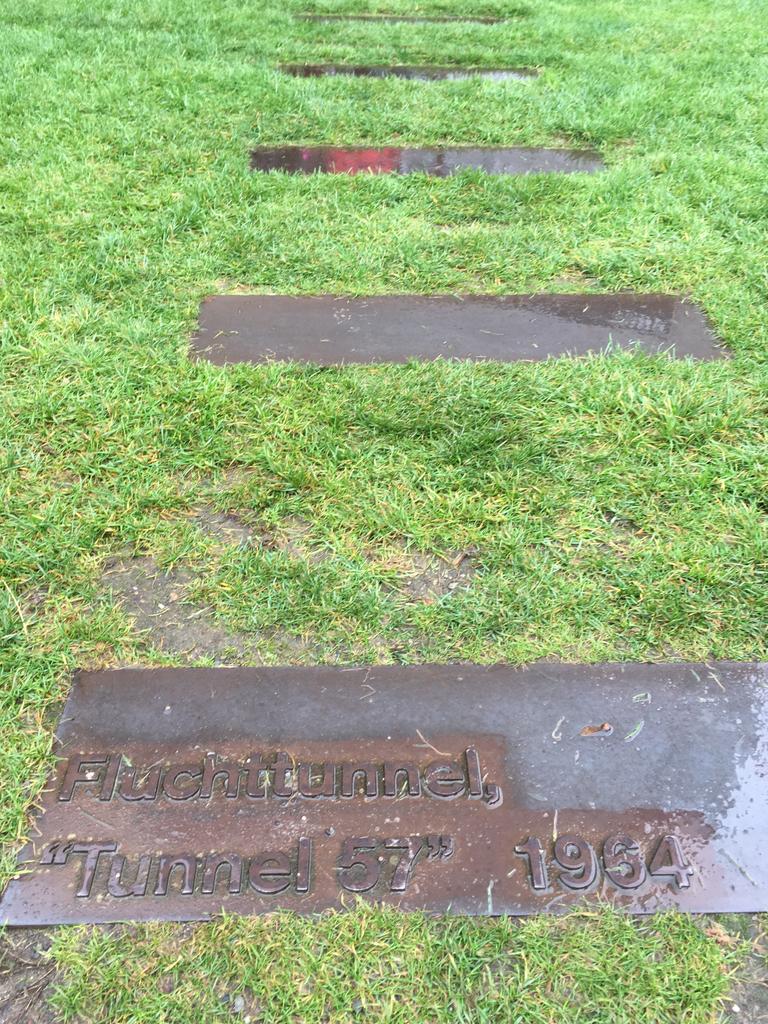
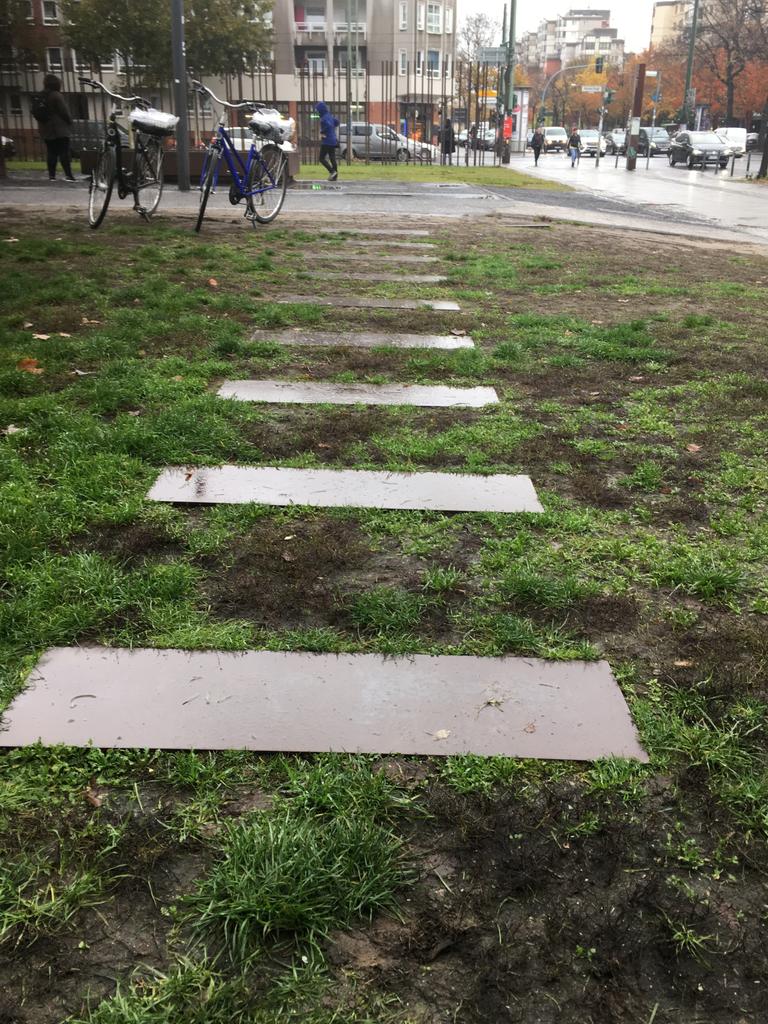
A CITY DIVIDED
On August 13, 1961, Berliners woke to find their city divided by barbed wire and marked by armed border guards. The wall zigzagged through the city following the border of East Germany carved up by Britain, France, the US and Soviet Union in the wake of WWII.
Mr Rudolph said West Berliners were initially convinced US President Kennedy would use US tanks to smash it down, but Western allies were wary of another conflict and reluctant to intervene. He was left living in the East and, despite the shoot to kill order from guards, couldn’t imagine at 22 years old living the rest of his life in this “very repressive country”.
He circled the city at night on bikes with his friend, eventually finding the perfect spot to escape by wading through a waterway. Then, despite the danger and his mother and sister already safely in the West, he resolved to go back in.
Bernauer Strasse in Berlin’s central Mitte district was a bold choice given how busy it was, however it became the site for more than 70 tunnel attempts due to its heavy clay soil. The group found a West German landlord who lent them the basement of his cocktail straw factory before they set to work digging in shifts, making a huge shaft and tunnelling under the wall.
The crew spent hours digging in terrifying conditions. The work was physical, dirty and dangerous, with East Germany’s huge network of Stasi secret agents spying on citizens and microphones under the ground to listen for the scrape of shovels. Mr Rudolph said they could hear “everything” from voices to buses and trams rumbling overhead while underground.
“All the other tunnels had been discovered,” he said.
“There were a number of other tunnels that were discovered because of the microphones and because of the trails of people turning them in.”
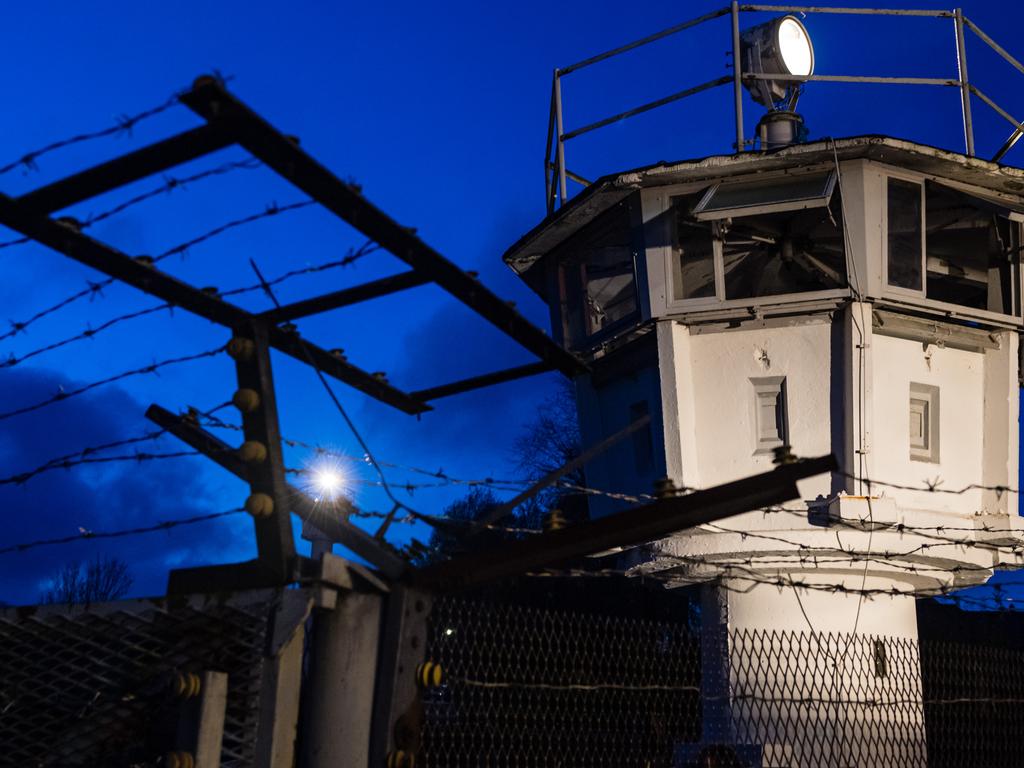
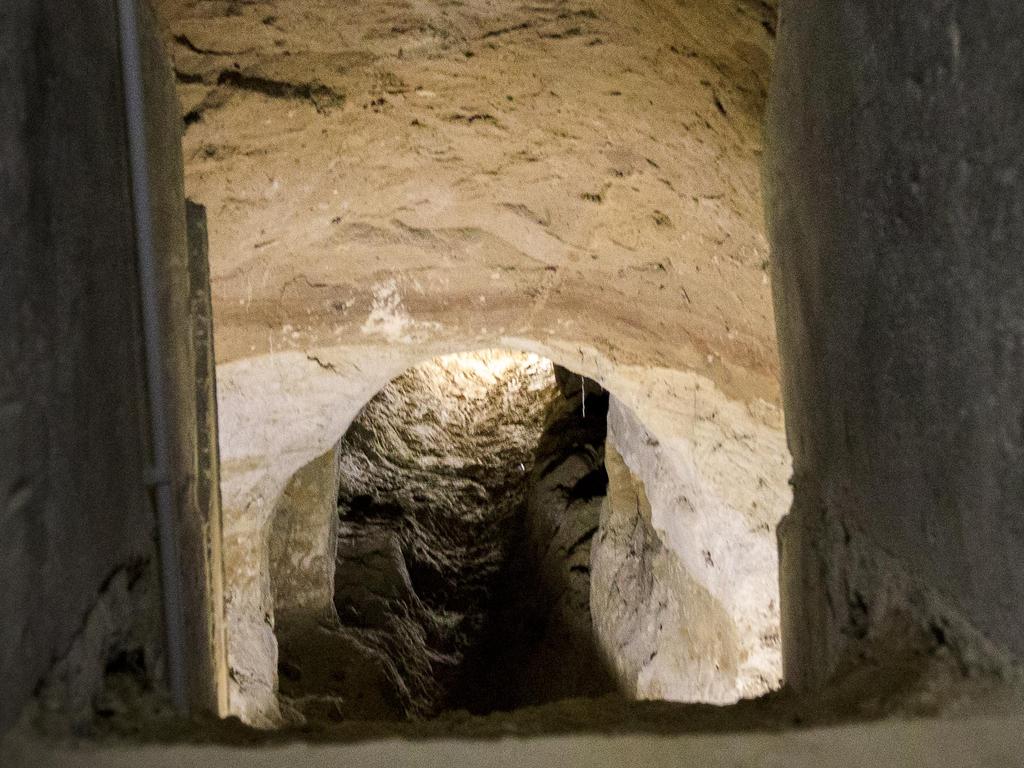
AN AMERICAN INTERVENTION
The group including Mr Rudolph, Wolf Schroedter, Hasso Herschel and Ulrich Pfeifer – all of whom had escaped from the East – quickly realised they needed more manpower. Meanwhile, in New York, NBC News producer Reuven Frank was hunting for innovative ways to cover the Berlin Wall, and the two stories were set to collide in spectacular fashion.
Mr Frank took the idea to NBC’s Berlin correspondent, Piers Anderson, who brokered a deal with Mr Schroedter that would eventually have ramifications in the upper echelons of US government.
“I said, ‘OK but make a deal with them that we will supply material. They have to give us a bill and we will pay it and in return we have the right to film, period’.” Mr Frank later recalled of the lunch where the deal was sealed.
The $150,000 cash injection turbo-boosted the tunnel building that continued to take place in nightmarish conditions, with tunnellers lying flat on their bags and digging in complete silence.
However, disaster struck when a leaking pipe turned the tunnel into a river. They decided to ask West Berlin’s water authorities to fix it – a hugely risky endeavour given the extensive Stasi network of informers that had infiltrated the city, a BBC podcast on Tunnel 29 noted.
Unsure if the tunnel would be viable, the group switched their efforts to another abandoned shaft and made it all the way to a house in the East. Only when they busted through the living room floor, Mr Rudolph peeked outside and saw a Stasi creeping outside the window.
They had been rumbled.
The culprit was a hairdresser, Siegfried Ugse, who had volunteered to serve as a messenger but instead gone straight to his Stasi handler with news of the access point and plans. Many of those hoping to escape were picked up by police. Mr Rudolph, Mr Herschel and Mr Pfeiffer, who had hacked through the cottage floor, were remarkably saved by a decision from East German agents to wait for backup rather than barge in – a pause that allowed them to jump back into the tunnel and escape.
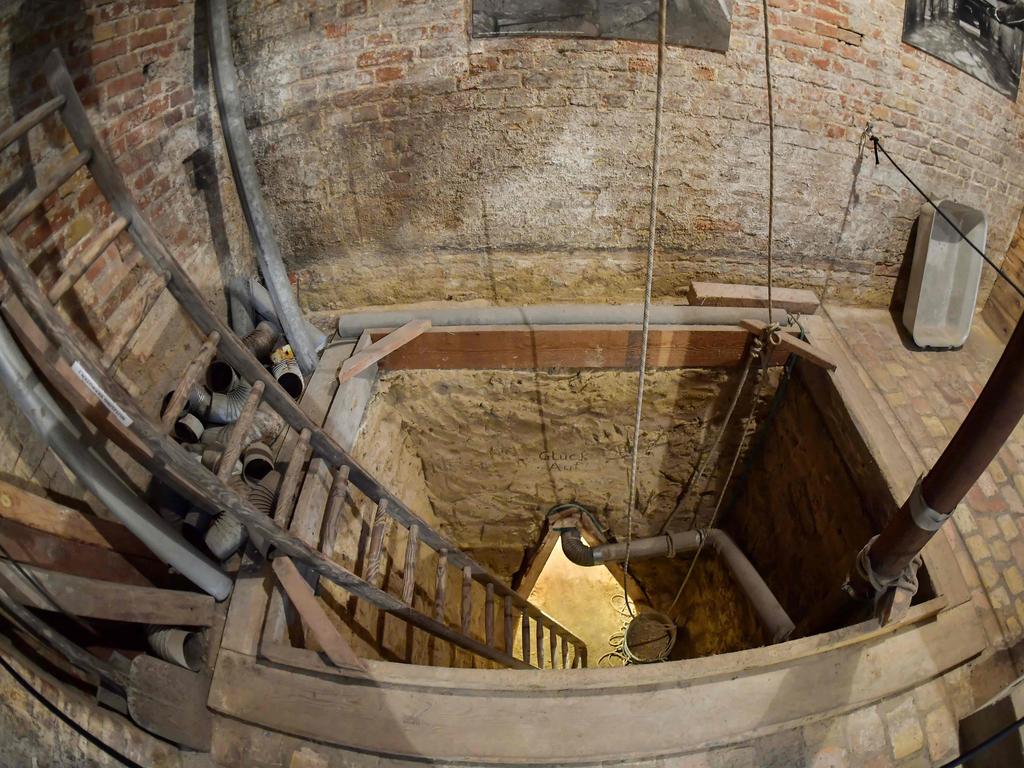


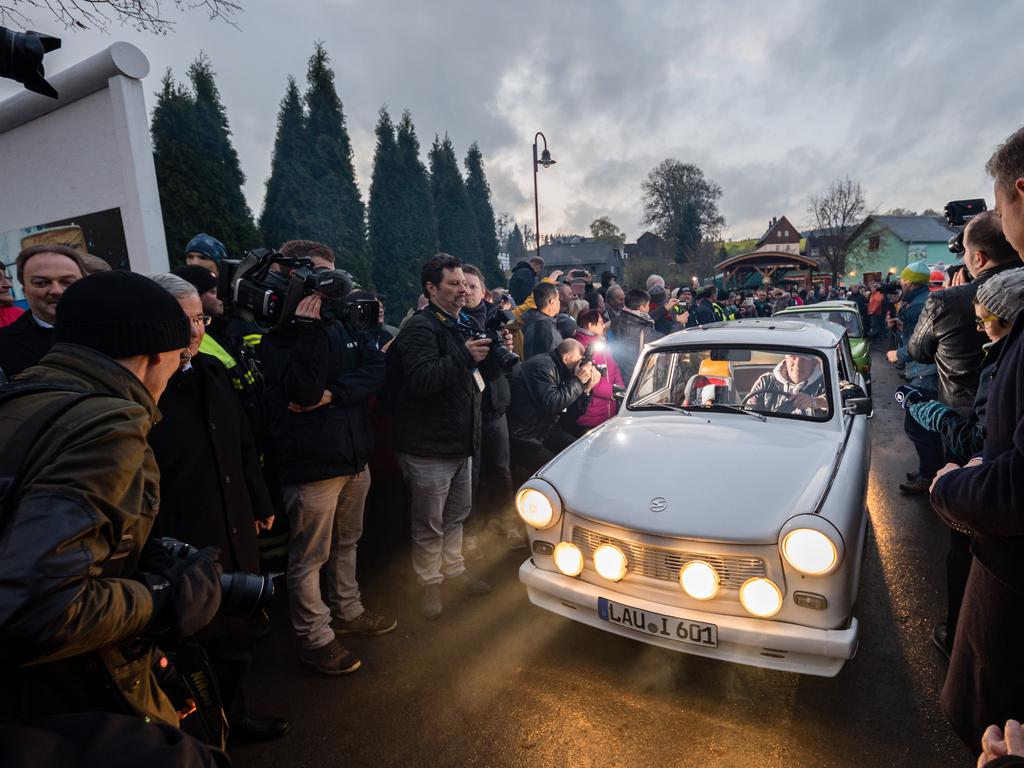
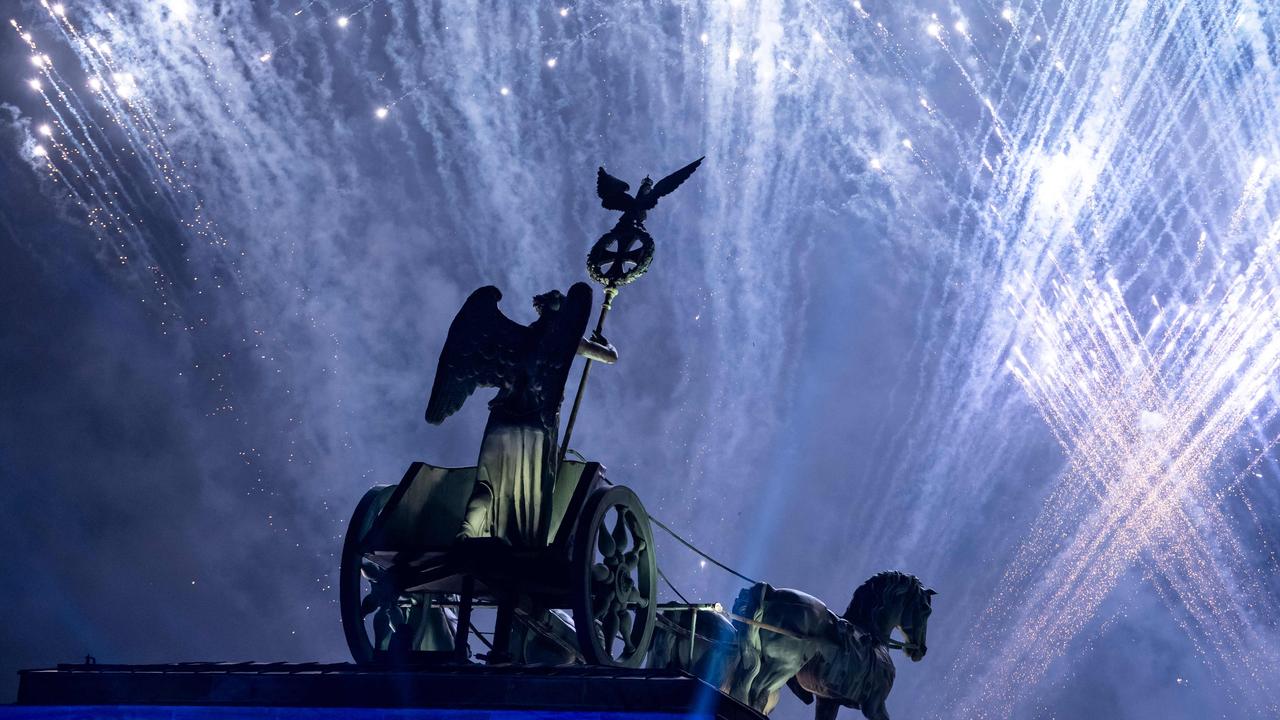
‘THE MOST THRILLING MOMENT’
With the second location blown, Mr Rudolph and his crew returned to the original tunnel that had dried out enough to resume digging. They ditched the elaborate fans and support structures, opting to white knuckle it through to the East in a tiny space – just big enough for a person to crawl through. Once it was complete, the girlfriend of one of the tunnellers, Ellen, delivered coded messages to families in the East in preparation for the escape.
“It was very physical, heavy work,” Mr Rudolph recalled of the digging, saying women didn’t help with the physical aspect but “they took the risk to go to the East with this information for the people who wanted to flee”.
“They put themselves at great risk. They were being watched and they were arrested and they would be put in jail for five to seven years for such a crime.”
On September 14, 1962, the incredible moment of escape was caught on film as 29 people emerged from the tunnel, elated to be in the West. Mr Frank recalled seeing the footage that began with light pouring down a shaft.
“Finally, a hand comes up and that was the most thrilling moment of my entire career,” he said. “This lady came through and she’d been on her hands and knees and her stockings were worn through on both knees … she got out and she reached back and somebody handed her her baby and she took the baby and climbed up the ladder.”
The first woman through was Eveline Schmidt with her 18-month-old daughter and husband. While she was married at the time, her marriage later broke up and she fell in love with Mr Rudolph. The couple remain married to this day, and the daughter who came through the tunnel is an English and geography teacher with two children of her own.
In all, 29 people made their escape, giving the tunnel its name, before it flooded and could no longer be used.
“It was really very frightening,” Mr Rudolph recalled. “People had claustrophobia and had nervous breakdowns and were screaming. It really became too dangerous to take people though there anymore.”
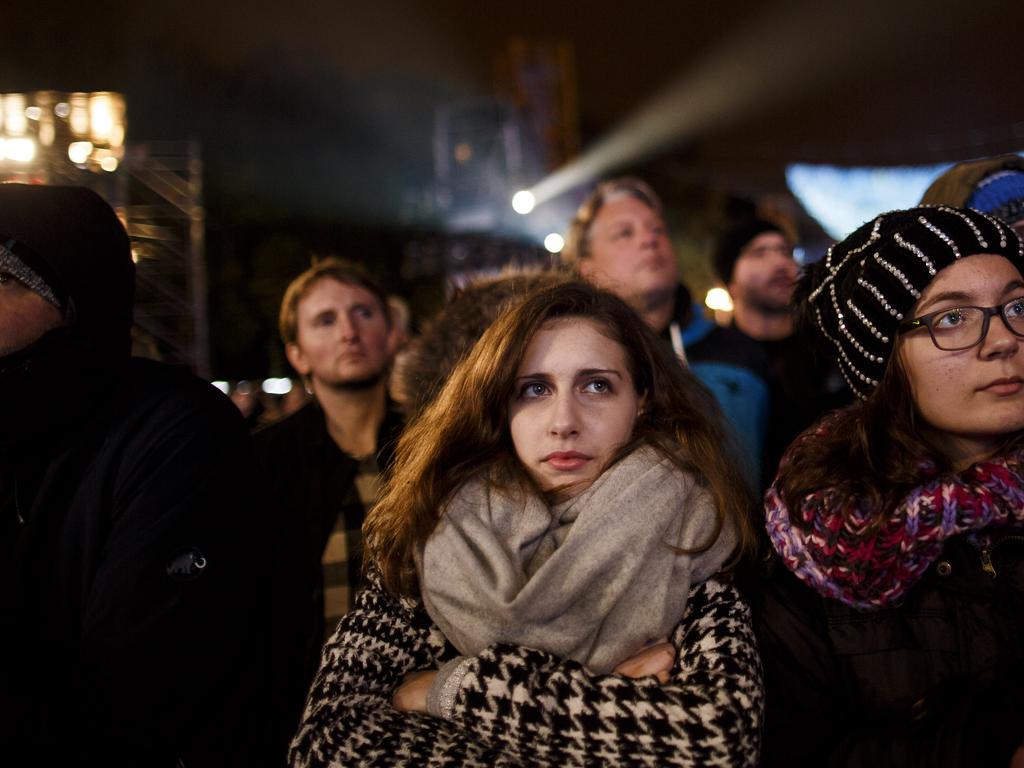
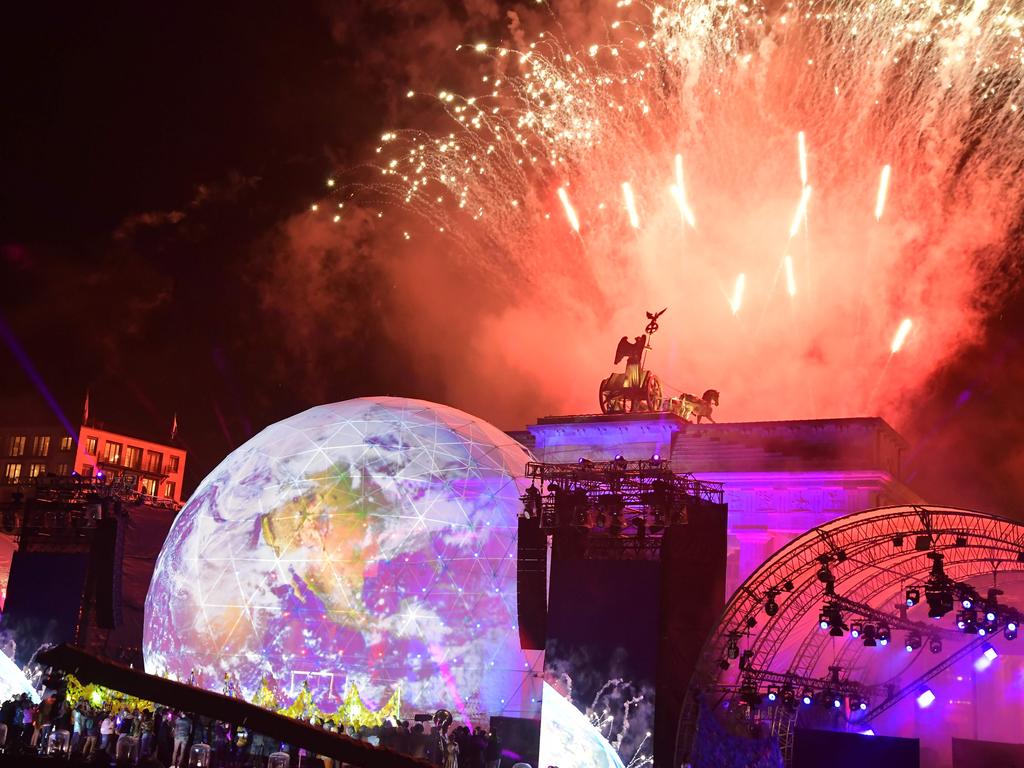
The footage was packaged into an NBC documentary, The Tunnel, which was set to air in October 1962. However, the network opted to hold it under pressure from the US State Department who did not want to exacerbate tensions with the Soviet Union. It eventually aired in the US in December the same year and won three Emmys and sparked a slew of controversy over US funding of such a political project.
When asked if he would go through such an endeavour again, Mr Rudolph said he was lucky to have escaped Stasi attention despite his wife having a file that was 50 pages long.
“When you talk to people and ask them ‘would they do it again?’ it really depends on individual experience,” he said. “I had no injuries and no one was seriously injured. I could imagine that if you asked somebody who had been shot or badly injured today they would have said it was not a good idea and I wouldn’t do it again.”
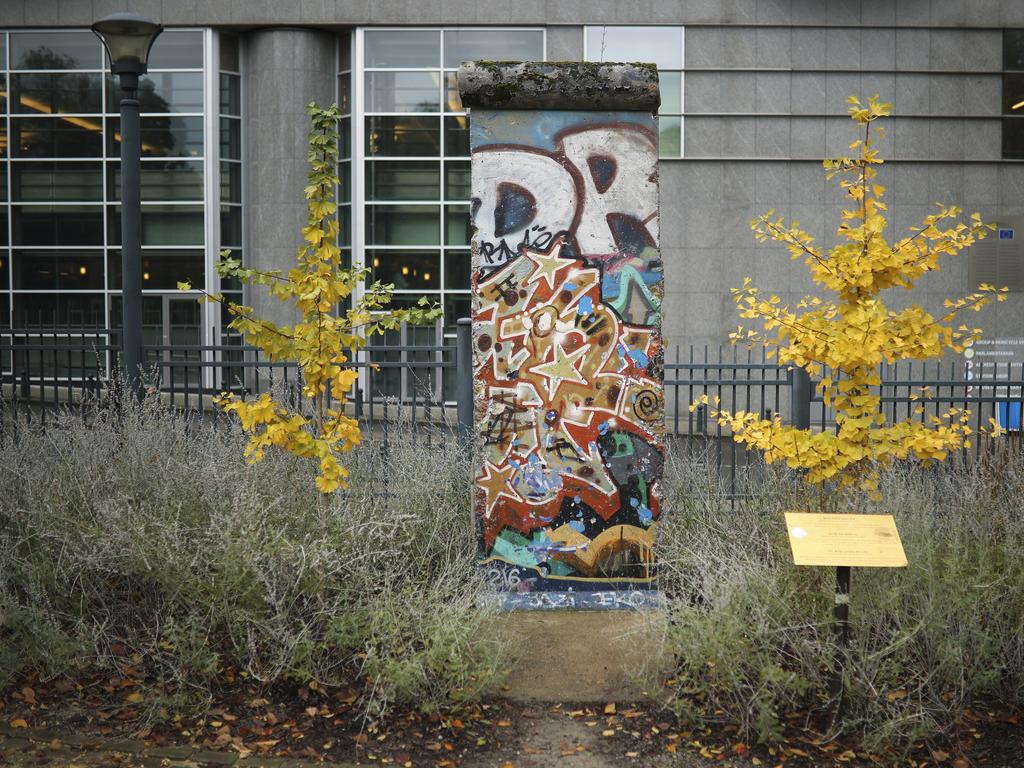
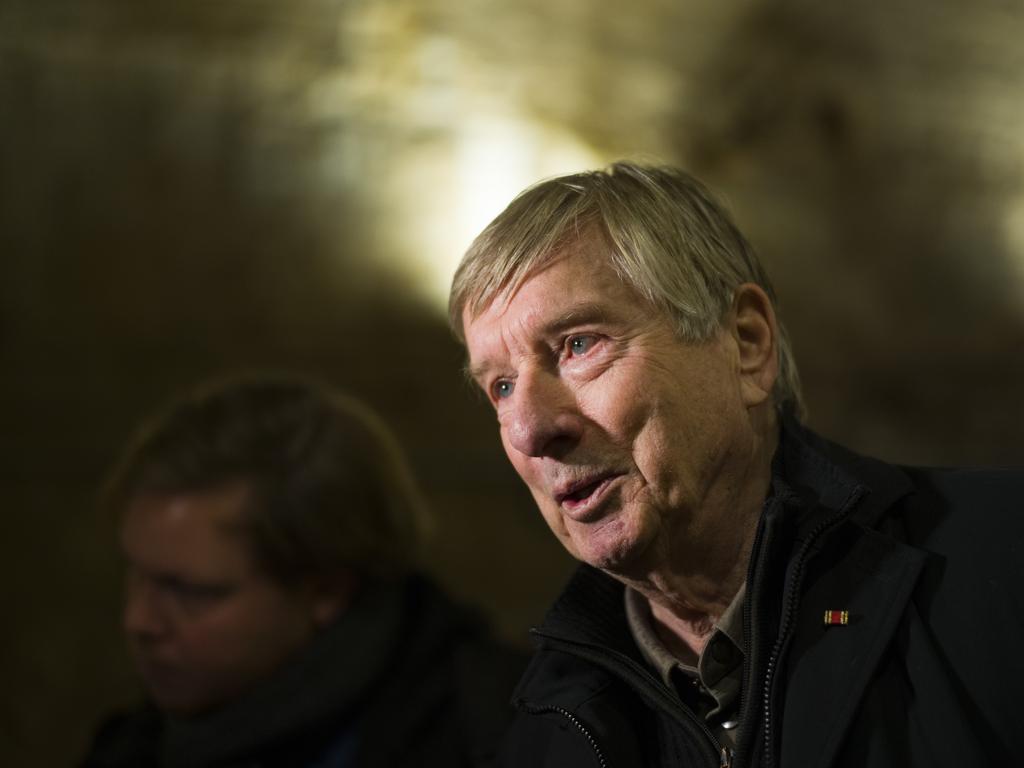
TUNNEL OPENS TO PUBLIC
The incredible first-hand account comes as another one of the tunnels dug under the wall is opened to the public to mark the 30th anniversary of its fall on November 9, 1989.
Visitors can peek into the 100-metre space that tunnellers worked on before it was found via Stasi ultrasound tracking and destroyed. Mr Pfeifer, 84, who worked with Mr Rudolph on Tunnel 29, created maps for the project and said at the time the divisions of the wall were “inconceivable” to Berliners.
“It was tearing apart families, it was separating all of us,” he said, adding his motivation was “the conviction of my girlfriend, who got seven years in prison”.
“She was 22 years old and was sentenced for nothing other than an escape attempt,” he said, still angry with the East German regime.
Three hundred people managed to escape from East Germany underground, according to estimates. One of the most successful escapes was Tunnel 57, through which 57 people were freed over two days before it was shut down by guards.
Tunneller Joachim Neumann said he joined the project to help his girlfriend escape, and the group also worked in shifts day and night.
“As far as I can remember, we were always four or five people on a shift: One dug at the front, one stood below in the shaft and pulled out the barrow with the excavated material and two others pulled it up. Then the matter had to be dispersed throughout the cellar with the wheelbarrow,” he said.
Footage of the escape from Tunnel 57 shows people crawling through the claustrophobic space, including young babies and older women with huge relief on their faces when they’re hoisted out.
Peter Schulenburgs, who also helped on several tunnelling efforts, said people sobbed with relief and couldn’t believe they had made it in just a few short minutes.
“A few refugees didn’t believe they were in the east yet and thought it was the Stasi greeting them,” he said.
Continue the conversation on Twitter @Victoria_Craw | Victoria.craw@news.com.au


